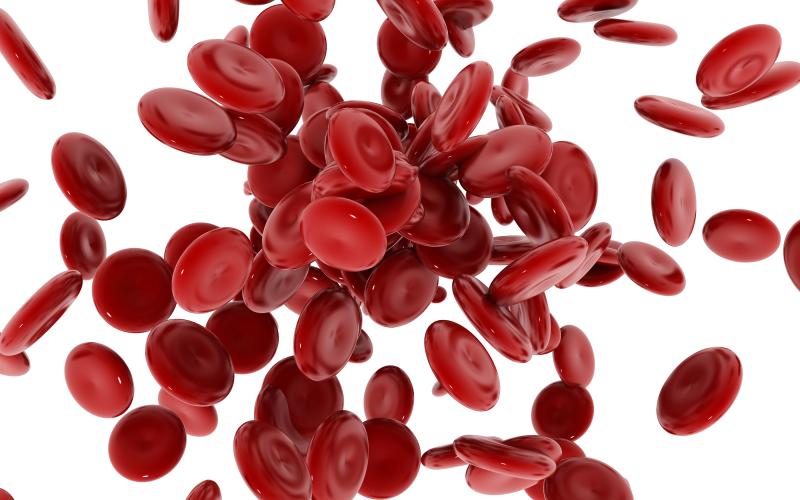
In morbidly obese hospitalized patients, high-fixed dose unfractionated heparin for the prevention of venous thromboembolism is associated with a higher risk of major bleeding events compared with high-fixed dose enoxaparin, a recent study has shown.
Of the 305 patients included, 190 received unfractionated heparin and 115 enoxaparin. The incidence of major bleeding was significantly higher among patients on unfractionated heparin (odds ratio [OR], 1.85, 95 percent confidence interval [CI], 1.07–3.13; p=0.025). No significant difference was seen in the incidence of venous thromboembolism diagnosed during hospitalization.
Intensive care acuity (OR, 3.32, 95 percent CI, 1.91–5.78; p<0.001) and selection of unfractionated heparin rather than enoxaparin for venous thromboembolism prophylaxis (OR, 2.16, 95 percent CI, 1.22–3.82; p=0.008) were independently predictive of major bleeding.
In this single-centre retrospective, observational study, the authors identified hospitalized patients who were morbidly obese (body mass index, ≥40 kg/m2) and who received either high-fixed dose enoxaparin (40 mg every 12 hours) or unfractionated heparin (7,500 units every 8 hours) for venous thromboembolism prophylaxis.
Incidence of major bleeding and venous thromboembolism diagnosed during hospitalization were the co-primary endpoints. Multivariable regression was used to determine the predictors of major bleeding.
“Venous thromboembolism is a cause of morbidity and mortality in hospitalized patients, and morbid obesity increases this risk,” the authors said.
“Various prophylaxis dosing strategies have been investigated, [but] it [was] unclear if high-fixed dose enoxaparin or high-fixed dose unfractionated heparin thromboprophylaxis [was] optimal for minimizing the incidence of major bleeding and reducing hospital-acquired venous thromboembolism,” they added.